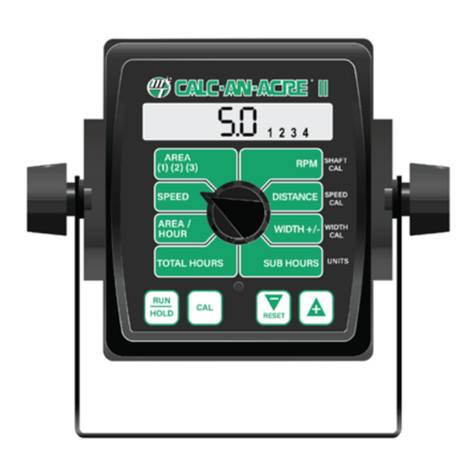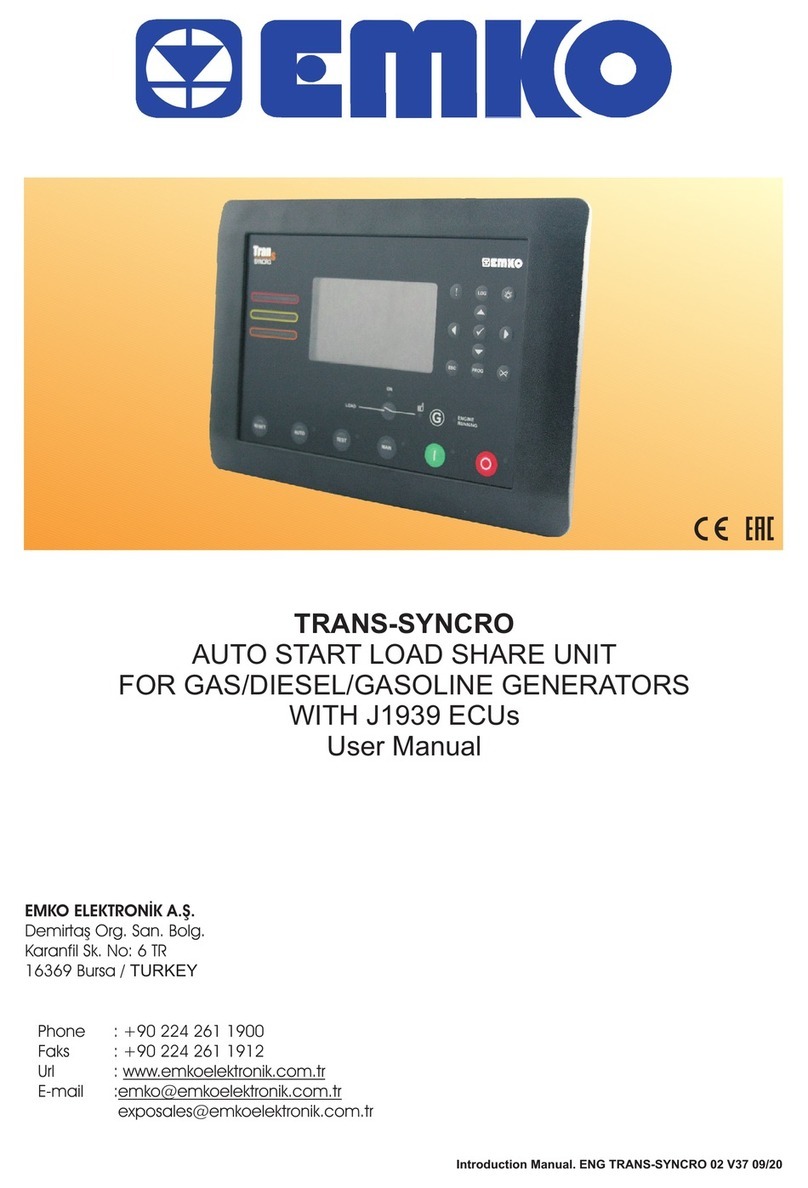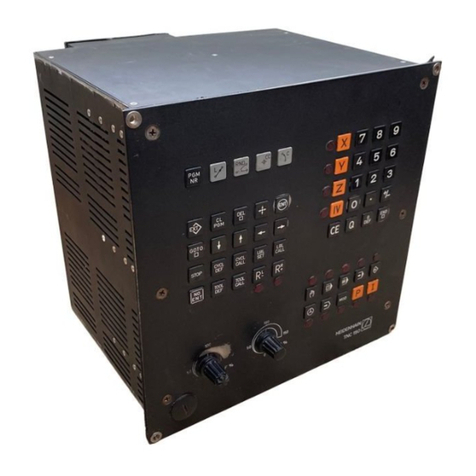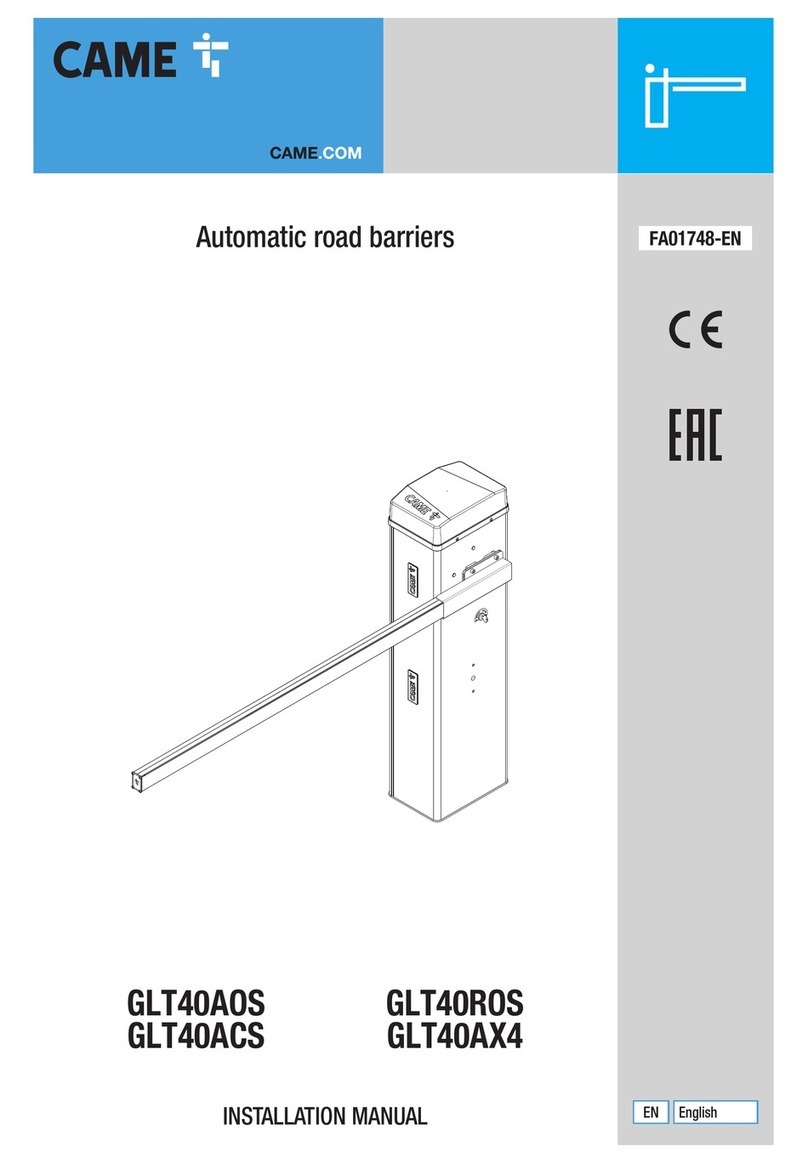
3
TableofContents
Introduction ...............................................................................................................................4
FLEXHardware..........................................................................................................................4
FLEXFrontPanel.................................................................................................................................5
FLEXBackPanels ................................................................................................................................6
InstallingtheFLEX....................................................................................................................7
Mounting................................................................................................................................................7
WiringtheFLEX...................................................................................................................................8
Power ..................................................................................................................................................................8
Serialconnections..........................................................................................................................................9
IRConnections .............................................................................................................................................10
GeneralPurposeI/O ..................................................................................................................................10
AnalogInput..................................................................................................................................................11
DesigningaSystem ............................................................................................................... 12
Hardwareconsiderations............................................................................................................. 12
Display .............................................................................................................................................................12
Switchers ........................................................................................................................................................13
Audiocontrol ................................................................................................................................................13
ScreenControl..............................................................................................................................................13
DistanceLimitations ..................................................................................................................................13
IRConsiderations........................................................................................................................................13
SerialConsiderations.................................................................................................................................13
EthernetConsiderations ..........................................................................................................................14
DesigningaSystemUsingFLEX ........................................................................................ 14
Designingthesystem...................................................................................................................... 15
STEPONE:DevicestoControl ...............................................................................................................15
STEPTWO:FunctionstoControl..........................................................................................................16
STEPTHREE:Screens................................................................................................................................17
STEPFOUR:Templates.............................................................................................................................18
SampleTemplates.......................................................................................................................................19



























